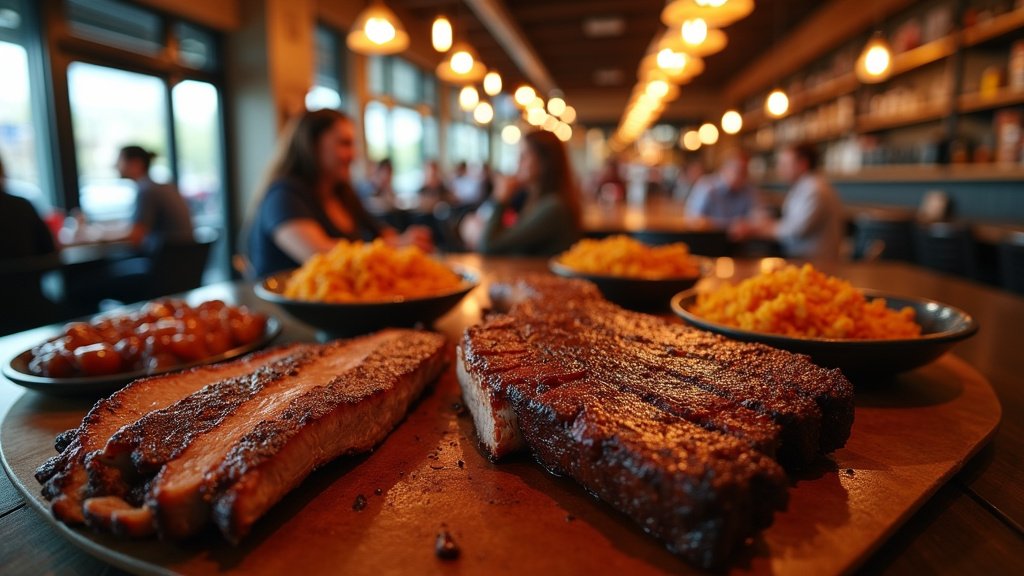Seven Jack in the Box locations across the Greater Houston area have ceased operations between August and September 2025, a move tied to the fast-food giant’s extensive “JACK on Track” restructuring plan. These closures are part of a broader national effort by the company to shed underperforming stores and revitalize its financial performance amidst a challenging economic climate for the restraunt industry.
Houston Locations Affected
The seven shuttered Jack in the Box restaurants in the Houston area were all operated by a single franchisee, Cal Tex Restaurants Inc. The specific locations that have closed and had their properties listed for lease include:
* 11833 Barker Cypress Road, Cypress, TX 77433
* 10454 Richmond Avenue, Houston, TX 77042
* 8410 Hillcroft Street, Houston, TX 77096
* 3908 Bellaire Boulevard, Houston, TX 77005
* 3302 Richmond Avenue, Houston, TX 77098
* 14540 Westheimer Road, Houston, TX 77077
* 1419 Gessner Road, Houston, TX 77043
These closings signal a significant shift for the brand’s presence in the Texas market, with the company aiming to streamline its operations.
The “JACK on Track” Initiative
The Houston closures are a local manifestation of Jack in the Box Inc.’s nationwide strategic overhaul, dubbed “JACK on Track.” This comprehensive plan, spearheaded by CEO Lance Tucker since his appointment in March 2025, aims to improve long-term financial performance, strengthen the company’s balance sheet, and accelerate cash flow. A key component of this initiative is the closure of 150 to 200 underperforming restaurants across the United States. Reports indicate that between 80 to 120 of these locations were slated to close by the end of 2025, with the remaining closures to occur as franchise agreements conclude. These targeted restaurants are often older, with some dating back over three decades, and generally exhibit lower average unit volumes and, in some cases, negative financial performance.
Navigating Financial Pressures and Industry Headwinds
Jack in the Box has faced considerable financial headwinds, as evidenced by its recent earnings reports. The company reported a significant decline in same-store sales for its second quarter ending April 13, 2025, with its namesake brand seeing a 4.4% decrease and Del Taco experiencing a 3.6% drop. The situation worsened in the third quarter of fiscal 2025, where Jack in the Box’s same-store sales plummeted by 7.1%, marking its worst performance in years and reflecting broader industry trends.
Several factors are contributing to this challenging environment. Persistent inflation continues to drive up costs for commodities, labor, and utilities, while reduced consumer spending puts pressure on overall sales. The fast-food sector is locked in a fierce “value war,” with consumers increasingly seeking deals and questioning the rising cost of convenience. Notably, Jack in the Box, with its significant customer base among Hispanic consumers, is particularly affected as this demographic faces economic uncertainty and has scaled back spending.
Strategic Realignment and Future Outlook
Beyond store closures, the “JACK on Track” plan involves a multi-faceted approach to financial recovery and future growth. Jack in the Box is actively exploring strategic alternatives for its Del Taco brand, including a potential divestiture, as its performance has also been challenging and its contribution to Jack in the Box’s bottom line has been questioned. The company is also implementing a new “Jack’s Way” operating plan, which includes a substantial reimage initiative targeting at least 1,000 locations to enhance the customer experience.
Financial maneuvers include selling select real estate holdings to accelerate cash flow and pay down debt. The company has also discontinued its dividend to redirect funds toward debt reduction. Jack in the Box is committed to investing in its technology and digital capabilities to drive growth through evolving sales channels. These strategic actions are intended to position the company for consistent, positive net unit growth and improved unit economics in the long term.
The restructuring signifies a period of significant transition for Jack in the Box, as it aims to adapt to a competitive and evolving restraunt landscape, with a keen eye on financial stability and a simplified business model moving forward. The news highlights the ongoing trends within the food and fast food sectors as companies contend with economic pressures and changing consumer habits.






